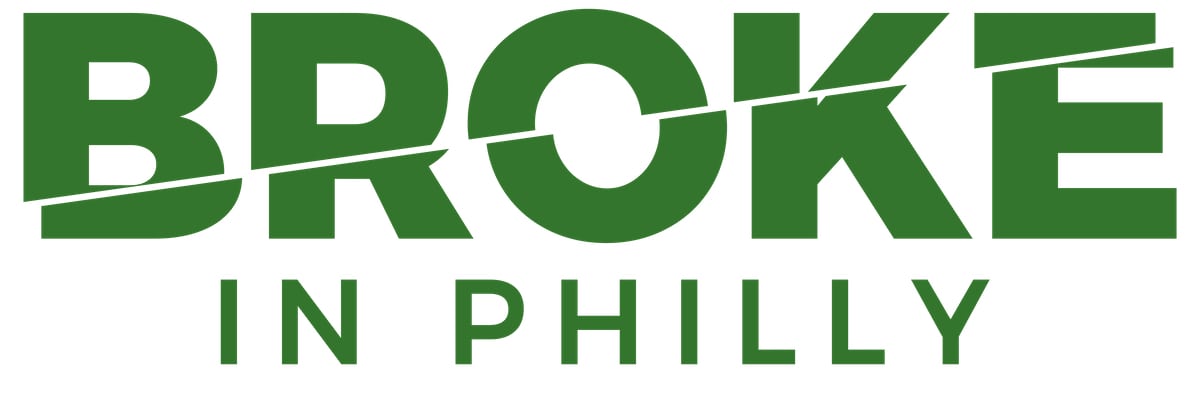The City of Philadelphia has spent a lot of time and resources during the pandemic attempting to understand the tech needs of its residents and attempt to bridge the digital divide.
For the last two years, understanding how to navigate the internet, log onto online schooling or use a device for a doctor’s appointment became a necessity, not a luxury. And through a survey and programs, the City’s Office of Innovation and Technology (OIT) has narrowed down the data to understand who’s still left out.
On Tuesday, the City released its five-year digital equity plan, which includes broad goals for connectivity and specific plans it has to reach these goals. Connectivity overall has improved. In 2019, the office had stats via the US Census Bureau’s American Community Survey showing around 70% of Philadelphia households had access to high-speed broadband access. With the introduction of programs like the City’s PHLConnectED, working with Comcast’s Internet Essentials and encouraging use of the federal Emergency Broadband Benefit (now called the Affordable Connectivity Program), the city now stands at a connectivity rate of 84%.
But there remain vulnerable populations, including Philadelphia residents over 65 years old.
Older adults and connectivity
Of that population, only 67% of households are connected, the City said, and only 59% have a working device. They fall into the category, along with many in low-income housing (71%) and Spanish-speaking households (67%), of those who do not have a recurring broadband subscription.
Comparatively to other metro areas, Philadelphia falls about middle of the pack when it comes to connecting its older adults. A study published by hotdog.com using census data showed that Philadelphia metro region, which includes Wilmington, and parts of New Jersey and Maryland, ranks 29th. Around 65% of the region’s senior population is connected, with 69% having a device, and 67% having a smartphone. The Philly metro region ranks higher than other large cities like New York City and Chicago, but falls far behind top cities of San Jose and DC, where 71% of their senior populations are connected to broadband internet.
And a 2021 study by AARP shows that how older adults use technology has changed amid the pandemic. About 44% said they think of technology in a positive light now than they did before the pandemic, especially when used to stay connected with friends and family. Tech spending also increased — with top categories including purchases of smartphones, smart TVs and earbuds or Bluetooth headsets. And more older adults are using varying types of technology, with increased use in video chat (45%), texting (37%), emailing (26%) and phone (29%), compared to before the pandemic.
About half (54%) of respondents said they want to learn more about technology, but concerns or barriers stand in the way. About 80% of respondents said they rely on it now to stay in touch, but 60% said that the cost of being connected to high-speed internet is a problem.
What is Philly doing about it?
The five-year plan put forth by the City this week addresses these concerns within our local population. It has plans to establish more sustainable household-based internet subscription subsidies for those who are what the City calls “subscription vulnerable.” It also wants to invest in community-based internet networks, and expand the number of low-cost broadband subscription services and internet service providers. The City also has plans for device-specific programs to get more tech devices like laptops and tablets into homes without them, and to establish more adult learning and digital navigator programs to teach how to use them.
Read more about the planSome programs the plan calls out are already in the works, like PHLConnectED, while others might be supported through funding to outside groups, or establishing new programs, said Juliet Yates, the City’s digital inclusion manager.
“The pandemic has made the digital divide and its inequities and consequences for day-today survival a visible reality, if not a visceral experience, for all Philadelphians,” CIO Mark Wheeler said of the plan. “When schools, offices, and stores are shuttered and non-emergency medical services move online, those without consistent and reliable internet access are cut off from the world — not just from information, but from nearly all interactions necessary to learn, buy goods, stay connected with jobs and family, and access government services.”

Technical.ly is one of 20+ news organizations producing Broke in Philly, a collaborative reporting project on solutions to poverty and the city’s push toward economic justice.
Before you go...
Please consider supporting Technical.ly to keep our independent journalism strong. Unlike most business-focused media outlets, we don’t have a paywall. Instead, we count on your personal and organizational support.
3 ways to support our work:- Contribute to the Journalism Fund. Charitable giving ensures our information remains free and accessible for residents to discover workforce programs and entrepreneurship pathways. This includes philanthropic grants and individual tax-deductible donations from readers like you.
- Use our Preferred Partners. Our directory of vetted providers offers high-quality recommendations for services our readers need, and each referral supports our journalism.
- Use our services. If you need entrepreneurs and tech leaders to buy your services, are seeking technologists to hire or want more professionals to know about your ecosystem, Technical.ly has the biggest and most engaged audience in the mid-Atlantic. We help companies tell their stories and answer big questions to meet and serve our community.
Join our growing Slack community
Join 5,000 tech professionals and entrepreneurs in our community Slack today!

The person charged in the UnitedHealthcare CEO shooting had a ton of tech connections

From rejection to innovation: How I built a tool to beat AI hiring algorithms at their own game

Where are the country’s most vibrant tech and startup communities?



